KUALA LUMPUR, Dec 29 — When the country’s first two climbers, Datuk M. Magendran and Datuk N. Mohanadas, set foot on the peak of of Mount Everest more than two decades ago, they communicated with walkie-talkies and had to wait more than 10 days to process the photos they took on the world’s highest mountain.
Now everything is fast and sophisticated. Following the success of Huawei and China Mobile in installing two 5G base stations on the mountain last April, climbers can now use various communication devices, including smartphones, and directly upload photos and videos of their travel with the device, up to an altitude of 6,500 metres.
Relating the nostalgic story of the Malaysia-Everest 97 Expedition, Magendran said that the expedition, led by (now deceased) Nor Ramlle Sulaiman, to the highest mountain in the world was equipped with the most advanced equipment at that time in an attempt to capture the 8,848m high peak.
It included walkie-talkies, Inmarsat-B satellite phones supplied by Telekom Malaysia (TM), which also installed transmitters at the peak of Mount Kala Patthar, a mountain with a height of 5,643m near Everest, to facilitate communication between climbers and the Everest Base Camp (EBC).
In addition, Radio Televisyen Malaysia (RTM), as the broadcast sponsor, also sent a crew to set up a mini studio at EBC and install telecommunication equipment, such as parabola for live broadcasting from an altitude of 5,400m.
Magendran, the principal of Sekolah Menengah Kebangsaan Taman Sri Muda, Shah Alam, said his team members also brought a barrel of AAA batteries, given by a battery company as the expedition team needed to change their walkie-talkie batteries regularly.
“When in such a cold condition, the battery power decreases quickly so we have to constantly change or sometimes we wrapped the battery with a blanket to ensure the battery is not cold.
“Although we had six cameras when we were at the peak, but most of them were already jammed.
“At that time we used film roll, so we could not check if the picture taken was good or not. We had to come back to KL to send the films to the shop for processing to know whether the picture is good or not.
“It is not like now, when we can know on the spot if the picture we take is beautiful or not. In terms of communication, the equipment now is indeed sophisticated,” he said during a hill climb with Bernama staff at Bukit Wawasan, Puchong near here, recently.
Magendran, 57, said as soon as he and Mohanadas arrived at the peak of Everest on May 23, 1997, they contacted the radio base provided by the Malaysian team at Camp 2 (6,500m) via walkie-talkie which then conveyed the message to EBC.
From EBC, he said, RTM made a live broadcast, announcing the news that was much awaited by Malaysians then.
Unfortunately, the team could not speak to the then Prime Minister Datuk Seri Dr Mahathir Mohamad (now Tun), who was in London because the weather in the Himalayas was not good, he said.
Meanwhile, on the congestion reported at the the peak of Mount Everest in recent years, Mohanadas said it was due to the lack of commitment by the Nepalese government in limiting the number of people to climb Mount Everest every year.
According to him, more than 500 climbers risked their lives to stand at the highest mountain peak every year now, compared to less than 200 climbers a year 20 years ago.
“Climbing activities have become popular now and many can afford it. The route of travel and climbing is indeed narrow and dangerous, when many are given permit, the situation will be congested to an extent that climbers have to queue to wait for their turn.
“When there are too many people, it is quite difficult to keep safe in the event of any disaster such as avalanche or bad weather. We were lucky to be able to spend an hour at the peak in 1997, but now, the climbers can only be at the peak for a few minutes, ”said Mohanadas who celebrated his 59th birthday last Monday.
To prevent frostbite when climbing at high altitude and in cold places, he advised climbers to always follow instructions given by the authorities and wear high quality cold-resistant clothing.
Of the last 20 trainees, only 10 participants were selected to continue the climbing mission to Everest with four climbers – Magendran, Mohanadas, Mohamed Fauzan Hassan and Gary Chong Kim Wah – reaching camp 4 (last camp) at a height of 8,000m level, before the two friends withdrew due to health factors.
Source: BERNAMA

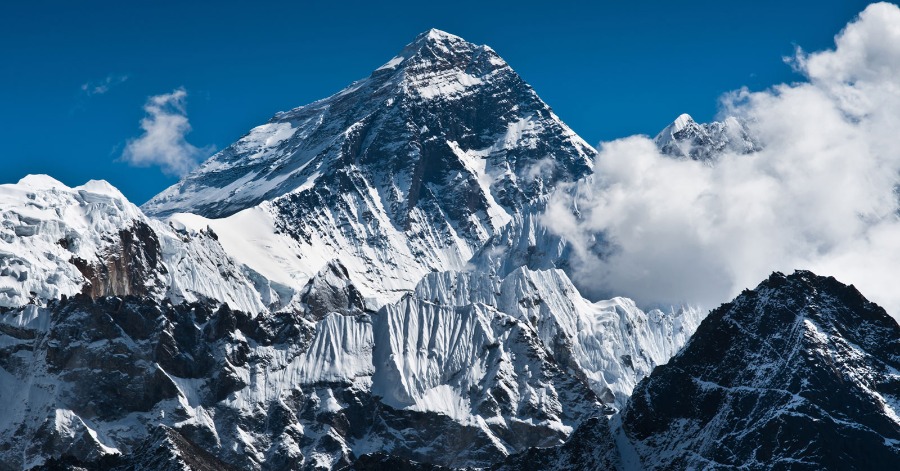

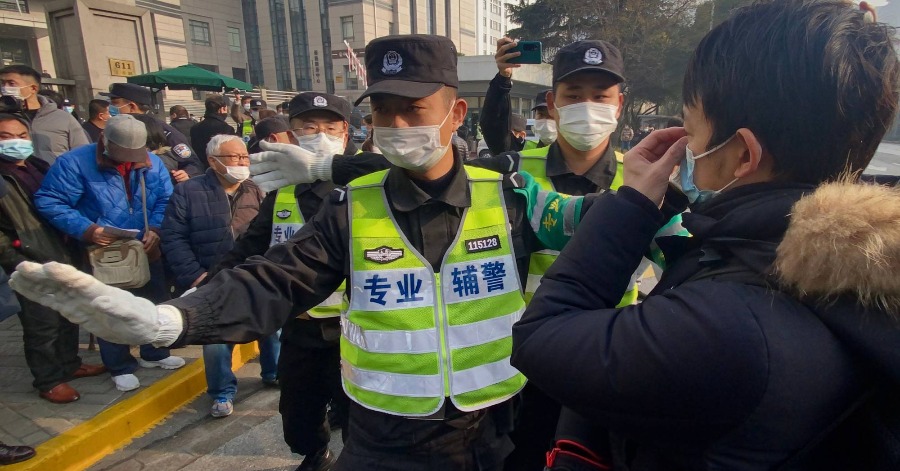
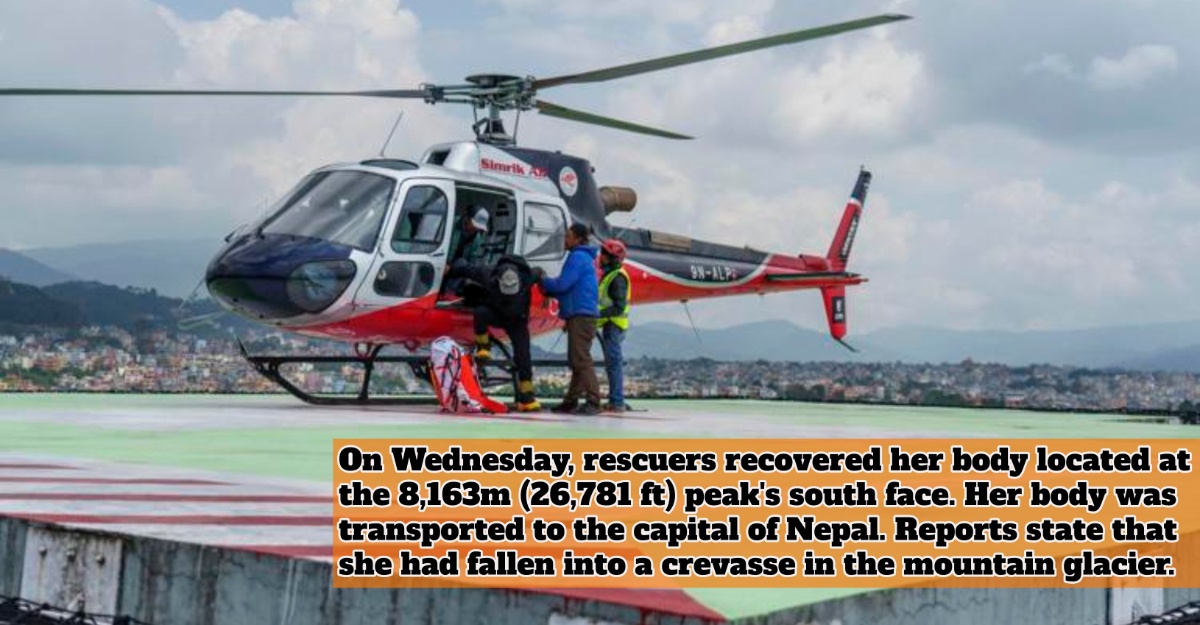
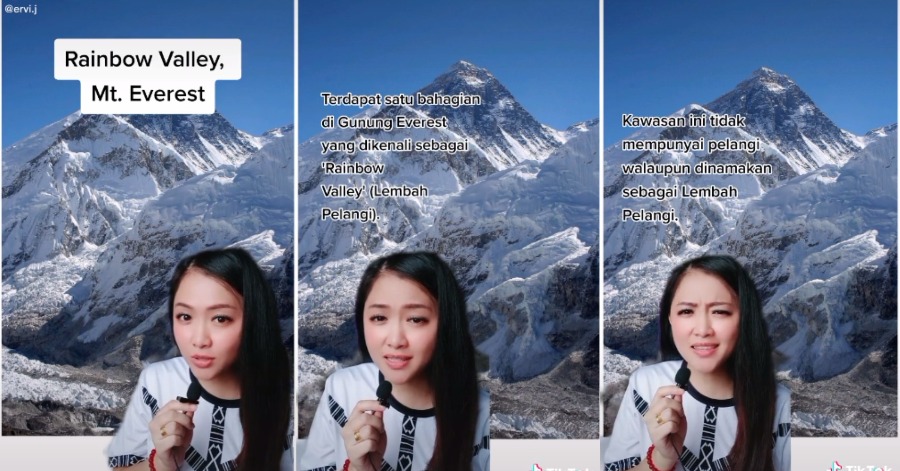

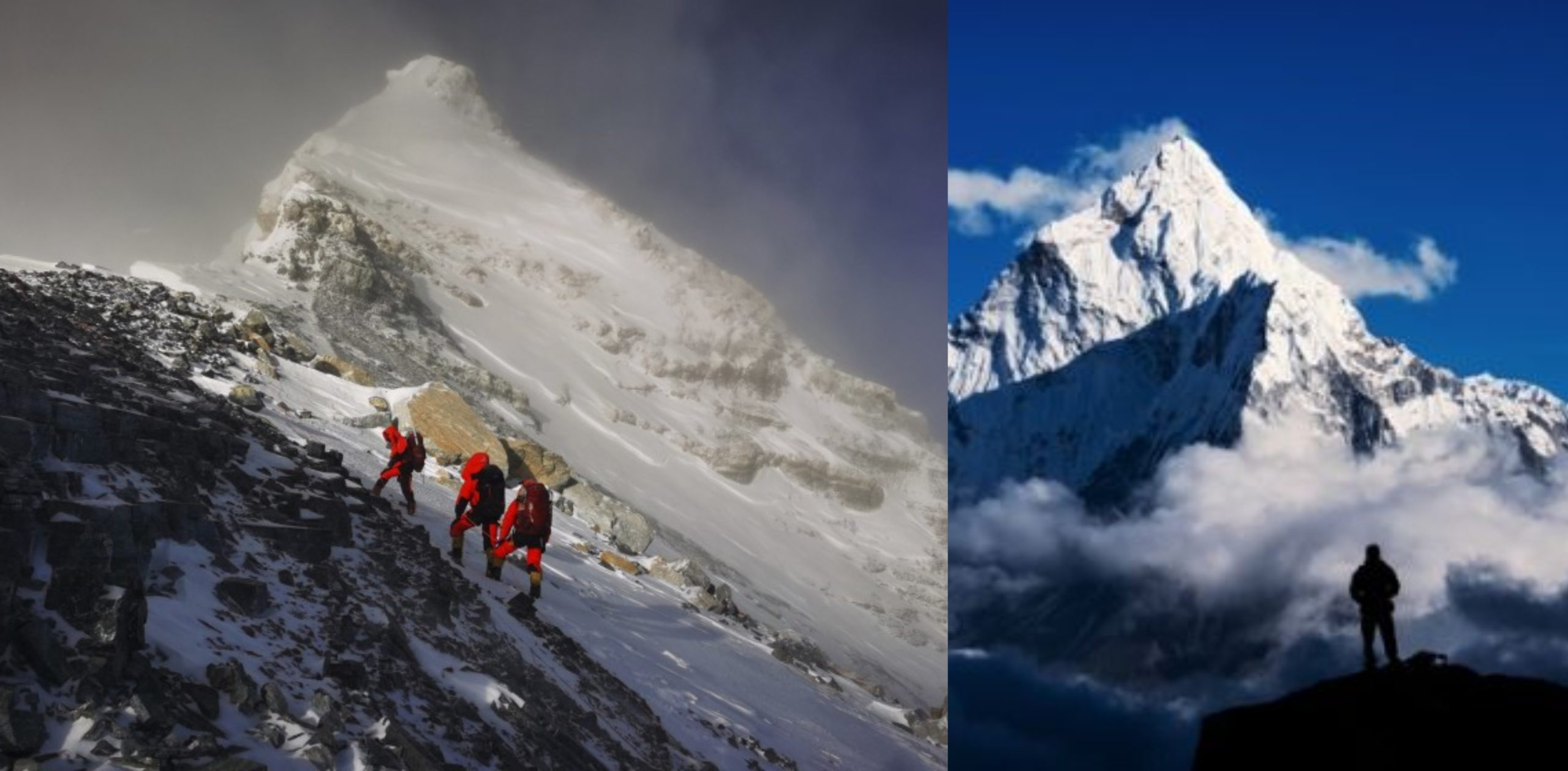

Leave a Comment